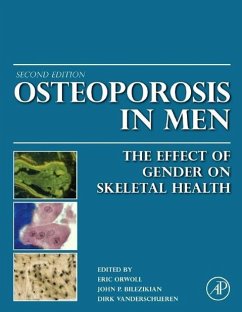
Issues and Reviews in Teratology
Volume 2
Herausgegeben: Kalter, Harold
Versandkostenfrei!
Versandfertig in 1-2 Wochen
39,99 €
inkl. MwSt.

PAYBACK Punkte
20 °P sammeln!
A growing sophistication of the American populace about the nature and realities of the impact of the environment on prenatal development was not much in evi dence in 1983. Continuing accusations against Agent Orange and Bendectin high light what must be a deep credulousness and need to blame others for one's bio logical misfortunes. We despair that ignorance and nonaccountability can be dissipated by objective means. But one can only learn and teach and hope. The need to know what causes congenital malformations becomes more imperative as they become the last major holdout, the most unyieldin...
A growing sophistication of the American populace about the nature and realities of the impact of the environment on prenatal development was not much in evi dence in 1983. Continuing accusations against Agent Orange and Bendectin high light what must be a deep credulousness and need to blame others for one's bio logical misfortunes. We despair that ignorance and nonaccountability can be dissipated by objective means. But one can only learn and teach and hope. The need to know what causes congenital malformations becomes more imperative as they become the last major holdout, the most unyielding of all the reasons babies still die and are seriously ill. In the aggregate, congenital malfor mations are now the cause of about one-third of the deaths of infants less than one month old and one-fifth of the deaths of those under one year old, up 50% in the last two decades. In the instance of one suspected cause of congenital malformations, maternal insulin-dependent diabetes mellitus, while the perinatal mortality rate of children of such women has gone down greatly since World War II, the fraction of deaths due to congenital malformations has grown correspondingly and is now approach ing 50%. Present-day knowledge of the causes of congenital malformations is most imperfect. A recent authoritative review found that there is understanding to one extent or another of the causation of less than half of all congenital malformations.












